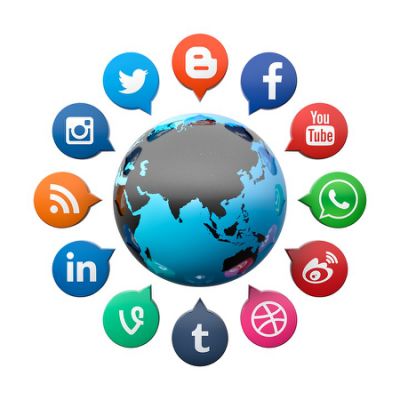

Marketing and communications in the oil and gas industry, once as prehistoric as the basins where oil and gas is found, is advancing dramatically. Social media is beginning to propel this industry and its marketing and communications function forward. Despite previous roadblocks from companies’ internal legal departments and fear of the unknown, many oil and gas companies are now active on several digital channels — LinkedIn, Twitter, Facebook and YouTube.
An industry without a clear, strong voice in the past is now employing digital channels to communicate more effectively. Social media allows the companies not only to promote their activities, but also to educate and engage with key constituents, including the public, media, governments and other stakeholders.
Social media marketing resources vary greatly, though — while some have large, dedicated social media teams, it remains an afterthought for others. Independents with limited or no marketing staff have begun to rely on outside agencies to help with social media campaigns. Most international oil companies (IOCs) have large social media teams and are prolific on some digital channels, but don’t count out national oil companies (NOCs) or oilfield services companies from the social media mix. NOCs are beginning to understand they need to educate the world for further energy investment into their countries. Social media is a perfect channel for them to connect with investors since developed countries are very active on digital channels.
The messages vary from recruiting for jobs and community news to earnings releases and general company activities. More oil and gas companies are using social media for educational purposes, especially on politically charged topics like hydraulic fracturing (or fracking), LNG exporting and building the Keystone pipeline. There is a lot of misinformation about the industry, and social media allows the industry to respond faster and communicate the facts. This has become critical in the case of crisis communications.
Companies wanting to stay out of political discussions are focused on community relations and recruitment. They are often tweeting about jobs, and some even have dedicated Twitter feeds to share job opportunities. The majority of oil and gas companies contribute large amounts to charity, and these companies are increasingly using social media to spread the word. Rather than just posting their charitable giving on a web page or not communicating it outside the company’s walls, they are actively posting photos of employees at charity events, and even setting up Facebook albums to showcase event photos. Oil and gas companies are more active in the community than ever before through special programs and participation in community events and social media is taking their programs to the next level.
Companies are also now relying on employees to help promote their brand in a positive manner through social channels. Only a few are starting to invest internally in social training, but most large companies have social media policies in place. It is very important to have set policies to govern what employees post and to take appropriate action when employees do not adhere to the policy. Those more advanced in social media are starting brand ambassador programs and various Twitter feeds that show daily life working for their company, which also helps to connect with millennials. Due to the industry’s rapidly aging workforce, social media is a powerful way to engage the energy workforce of the future. Niche online communities for oil and gas professionals are growing and helping to attract younger generations into the industry. On-campus industry recruiters and associations with student chapters are utilizing social media, such as Twitter and Facebook, to educate and engage with them about all facets of working in oil and gas.
Several studies show LinkedIn prevails as the predominant tool used for business-to-business communications and the oil and gas industry is no exception. Many companies have active LinkedIn company pages where they regularly post updates. Oil and gas companies are now beginning to set up their own LinkedIn groups in addition to their existing company pages to better engage constituents. Rather than pushing marketing content, LinkedIn groups allow them to facilitate technical discussions and really engage with customers, employees, industry professionals and potential recruits. A few IOCs have set up groups as a platform to exchange ideas and hold discussions around innovation, new technologies and future trends.
Although the oil and gas industry is still charting its course through social waters, it has come a long way quickly. The industry needs to take social media to the next level. For example, an industry that has long since mastered the trade show is still not fully utilizing social media during events. In addition, very few oil and gas companies are currently on Google+ and are just beginning to create mobile applications.
Now is the time for oil and gas companies to fully embrace social media and what digital channels have to offer. Exploration into social media has ended and the real development begins. Oil and gas companies need to invest in a strategic digital program to monitor and engage with their audience like any
other business in order to truly gain the benefits they seek for their stakeholders and the industry.
Scroll to top


